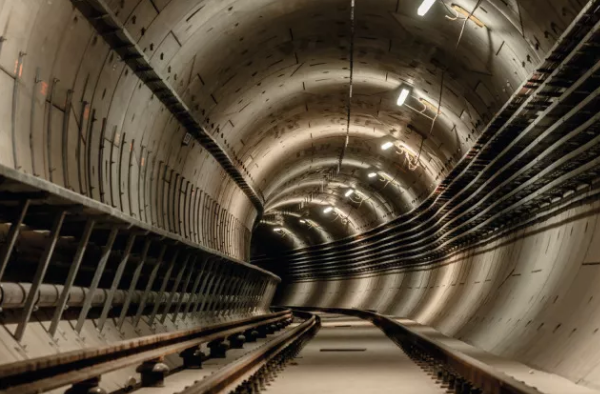
Laying cable operation should be based on a unified command.
Prior to the operation, the person in charge of the operation or the commander in charge shall make clear the operational requirements, contact signals, and precautions to all operators.
Operators should be a clear division of labor, mutual cooperation, and dedication.
In residential areas and highways, railways near the main traffic operations, to care for custody, well located "in front of construction, vehicle bypass" signs, and night lights should be set up.
Cable in the trench, the operator usually by hand or shoulder drags the cable to the end of the bend the operator must stand on the outside of the cable in order to avoid hanging by the cable.
In the wall hole, Mizoguchi, nozzle, or Interlayer laying, the hand should be more than line from the mouth, so as not to bruise your fingers.
Gloves must be worn when laying cables.
Cable laying, at any time, must ensure that the bending radius of the cable is within the allowable range.
Trench laying cable should first clear the debris within the ditch, pad sand is not allowed to have hard sharp things; along the wall or overhead laying must be solid and reliable, overhead laying should follow the overhead line construction of the relevant safety requirements.